Home>Gardening & Outdoor>Landscaping Ideas>What To Put Under A Fire Pit On Grass
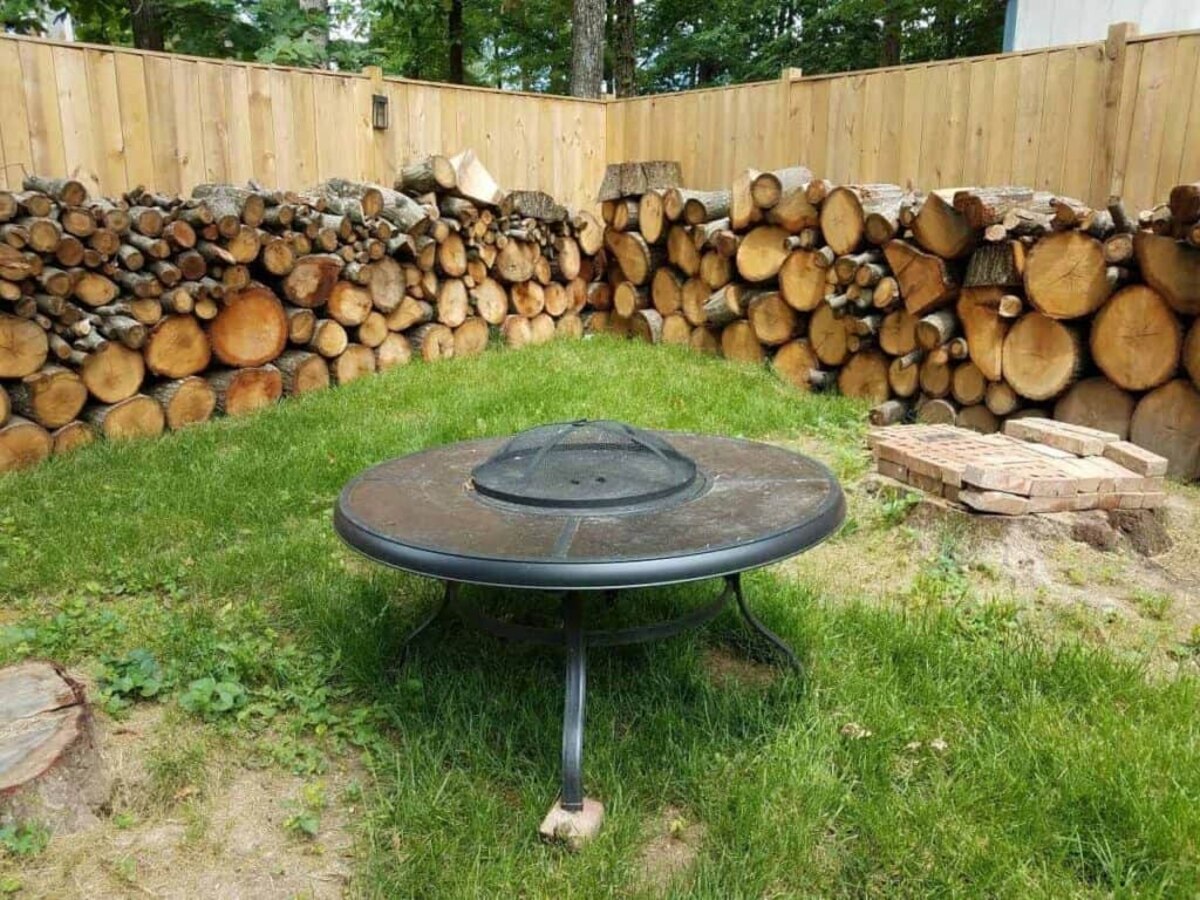

Landscaping Ideas
What To Put Under A Fire Pit On Grass
Published: January 28, 2024
Discover landscaping ideas for what to put under a fire pit on grass. Explore practical solutions to protect your lawn and enhance your outdoor space.
(Many of the links in this article redirect to a specific reviewed product. Your purchase of these products through affiliate links helps to generate commission for Storables.com, at no extra cost. Learn more)
**
Introduction
**
When it comes to creating a cozy and inviting outdoor space, few features can rival the allure of a crackling fire pit. Whether you envision gathering around the fire with friends, toasting marshmallows with your family, or simply enjoying a tranquil evening under the stars, a fire pit can elevate the ambiance of your backyard. However, if you're considering placing a fire pit on grass, it's essential to take certain precautions to ensure safety and preserve the integrity of your lawn. From selecting the right base materials to preparing the ground, this article will guide you through the process of determining what to put under a fire pit on grass, so you can enjoy your outdoor oasis with confidence and peace of mind.
Key Takeaways:
- Prioritize safety by using a fire-resistant mat or stone base to protect grass when placing a fire pit. Consider wind conditions and ground stability to ensure a worry-free outdoor experience.
- Prepare grass for a fire pit by clearing debris, creating a barrier, and laying a protective base. Regular maintenance and monitoring help maintain a visually appealing outdoor space.
Read more: What To Put Under A Fire Pit On Concrete
Safety Considerations
Before placing a fire pit on grass, it’s crucial to prioritize safety to prevent any potential hazards. Here are some key safety considerations to keep in mind:
- Fire Protection: Ensure that your fire pit is equipped with a spark screen or a fire-resistant mat to contain embers and prevent them from reaching the surrounding grass. This precaution is essential for minimizing the risk of accidental fires.
- Clearance: Maintain proper clearance around the fire pit to prevent the flames from coming into contact with nearby vegetation. Check the manufacturer’s guidelines for the recommended clearance distances, and always adhere to these specifications to mitigate the risk of fire spreading to the grass.
- Ground Stability: Assess the stability of the ground beneath the grass to confirm that it can support the weight of the fire pit. Avoid placing the fire pit on uneven or soft ground, as this could lead to instability and potential tipping.
- Wind Conditions: Take into account the prevailing wind patterns in your outdoor space. Position the fire pit in a location where the wind is less likely to blow sparks or embers toward the grass, reducing the risk of fire hazards.
Prioritizing safety measures not only safeguards your property and the surrounding environment but also ensures a worry-free and enjoyable experience around the fire pit.
Types of Fire Pit Bases
When it comes to placing a fire pit on grass, selecting the appropriate base is essential for preserving the lawn and ensuring a stable foundation for the fire feature. There are several types of bases to consider, each offering distinct advantages and considerations:
- Portable Fire Pit Bases: For added versatility, portable fire pits often come with their own bases, such as metal stands or heat-resistant mats. These bases are designed to protect the underlying surface, making them suitable for use on grass without causing damage.
- Stone or Paver Base: Constructing a dedicated base using stones or pavers provides a durable and visually appealing foundation for a fire pit. By creating a defined area with these materials, you can protect the grass from heat and potential scorching, while also enhancing the aesthetic appeal of the fire pit area.
- Gravel Base: Utilizing a layer of gravel beneath the fire pit can help improve drainage and prevent moisture buildup, which is particularly beneficial for grassy areas. The gravel base also offers stability and heat resistance, making it a practical option for supporting a fire pit on grass.
- Concrete or Brick Pad: Installing a concrete or brick pad provides a permanent and fire-resistant base for a fire pit. This type of base offers exceptional heat protection for the grass and ensures long-term stability, making it a reliable choice for accommodating a fire pit in a grassy setting.
Each type of base presents unique characteristics, and the ideal choice depends on factors such as the type of fire pit, the intended location, and the desired aesthetic appeal. By carefully considering these options, you can select a suitable base that complements your outdoor space while safeguarding your grass.
Place a heat-resistant barrier like a fire pit pad or pavers under the fire pit to protect the grass. This will prevent heat damage and potential fire hazards.
Fire Pit Base Materials
When determining what to put under a fire pit on grass, the selection of suitable base materials is instrumental in ensuring both functionality and visual appeal. Here are several common fire pit base materials to consider:
- Heat-Resistant Mats: Designed specifically to withstand high temperatures, heat-resistant mats offer an effective solution for protecting grass from heat and embers. These mats are available in various sizes and designs, providing flexibility in accommodating different fire pit styles while safeguarding the underlying grass.
- Fire Pit Pavers: Pavers are a popular choice for creating a stable and heat-resistant base for a fire pit. Available in an assortment of colors, shapes, and sizes, pavers allow for customizable designs and can complement the overall aesthetic of the outdoor space while shielding the grass from heat damage.
- Gravel: Utilizing gravel as a base material offers excellent drainage properties and heat resistance, making it a practical option for supporting a fire pit on grass. Additionally, gravel provides a natural and rustic appearance that can enhance the outdoor ambiance while protecting the underlying lawn.
- Concrete Pads: Constructing a concrete pad beneath the fire pit provides a durable and fire-resistant foundation. Concrete pads are available in precast forms or can be custom poured to accommodate specific dimensions, offering a long-lasting solution for protecting the grass and ensuring stability for the fire pit.
- Fire Pit Stand: Some fire pits come with integrated stands or bases designed to elevate the fire feature above the ground. These stands are typically constructed from heat-resistant materials such as steel or cast iron, providing a secure and elevated platform that minimizes direct contact with the grass.
By considering the characteristics and benefits of these base materials, you can make an informed decision based on the specific requirements of your outdoor space, ensuring that the fire pit base not only enhances safety but also complements the overall aesthetic appeal of the area.
How to Prepare the Grass for a Fire Pit
Properly preparing the grass for a fire pit is essential for preserving the health and appearance of your lawn while ensuring a safe and enjoyable outdoor environment. Follow these steps to prepare the grass and create a suitable foundation for your fire pit:
- Assess the Ground: Begin by evaluating the condition of the grass and the underlying soil. Ensure that the area is level and free of any debris, rocks, or obstructions that could affect the stability of the fire pit.
- Clear the Area: Remove any overhanging branches, dry leaves, or flammable materials from the vicinity of the proposed fire pit location. This step minimizes the risk of stray embers igniting nearby vegetation.
- Create a Barrier: Consider outlining the desired fire pit area with non-combustible materials such as stones, bricks, or metal edging. This barrier serves as a visual delineation and helps contain the fire pit, reducing the likelihood of heat damage to the surrounding grass.
- Lay a Protective Base: Depending on the selected base material, carefully lay out the heat-resistant mat, pavers, gravel, or other chosen foundation to create a stable and fire-safe surface for the fire pit. Ensure that the base extends beyond the perimeter of the fire pit to provide adequate protection for the grass.
- Monitor Ground Conditions: Keep an eye on the moisture level of the grass and soil, especially during dry periods. Adequate watering can help maintain the health of the grass and mitigate the risk of heat stress from the fire pit.
- Regular Maintenance: Implement a routine maintenance schedule for the fire pit area, including mowing the grass, removing any debris, and inspecting the base materials for signs of wear or displacement. This proactive approach contributes to the longevity of the fire pit and the health of the surrounding grass.
By following these steps and exercising diligence in preparing the grass for a fire pit, you can establish a secure and visually appealing setting for outdoor gatherings, ensuring that your lawn remains well-maintained and resilient in the presence of a fire feature.
Read more: What To Put In The Bottom Of A Fire Pit
Conclusion
Placing a fire pit on grass can transform your outdoor space into a welcoming retreat, providing a focal point for relaxation and social gatherings. By carefully considering the appropriate base materials and implementing safety measures, you can enjoy the ambiance of a fire pit while safeguarding the well-being of your lawn. Whether you opt for a portable fire pit with a heat-resistant mat or create a dedicated foundation using pavers or gravel, the key is to prioritize safety and preservation of the grass.
Remember to adhere to the manufacturer’s guidelines for fire pit usage, including clearance distances and recommended base materials, to ensure a secure and enjoyable experience. Additionally, regular maintenance and monitoring of the fire pit area contribute to the longevity of the grass and the fire feature, enhancing the overall appeal of your outdoor environment.
By preparing the grass thoughtfully and selecting the right base materials, you can create a harmonious balance between the captivating allure of a fire pit and the natural beauty of your lawn. With these considerations in mind, you can look forward to countless memorable moments around the fire pit, surrounded by the comforting glow of the flames and the lush expanse of your well-tended grass.
Frequently Asked Questions about What To Put Under A Fire Pit On Grass
Was this page helpful?
At Storables.com, we guarantee accurate and reliable information. Our content, validated by Expert Board Contributors, is crafted following stringent Editorial Policies. We're committed to providing you with well-researched, expert-backed insights for all your informational needs.
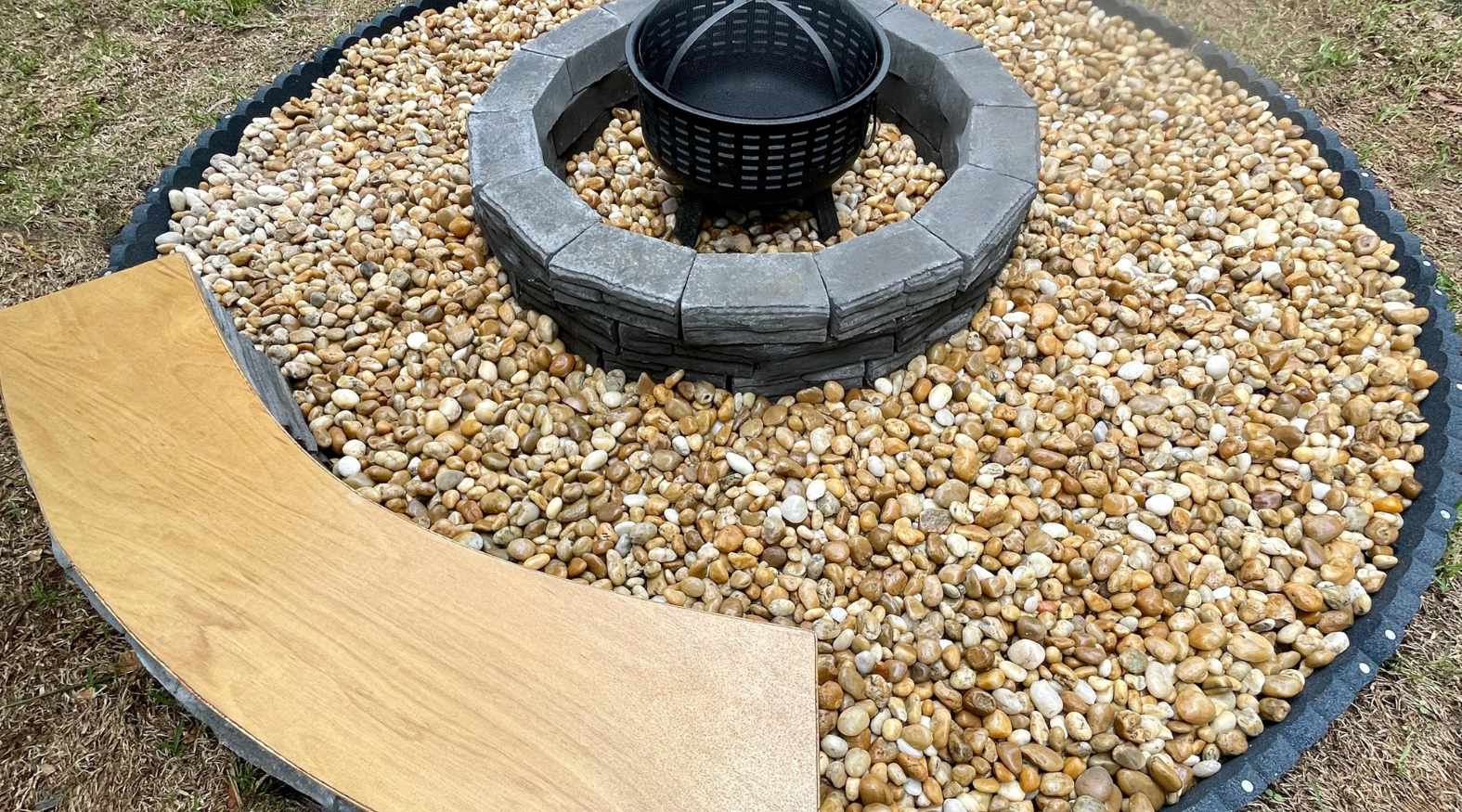
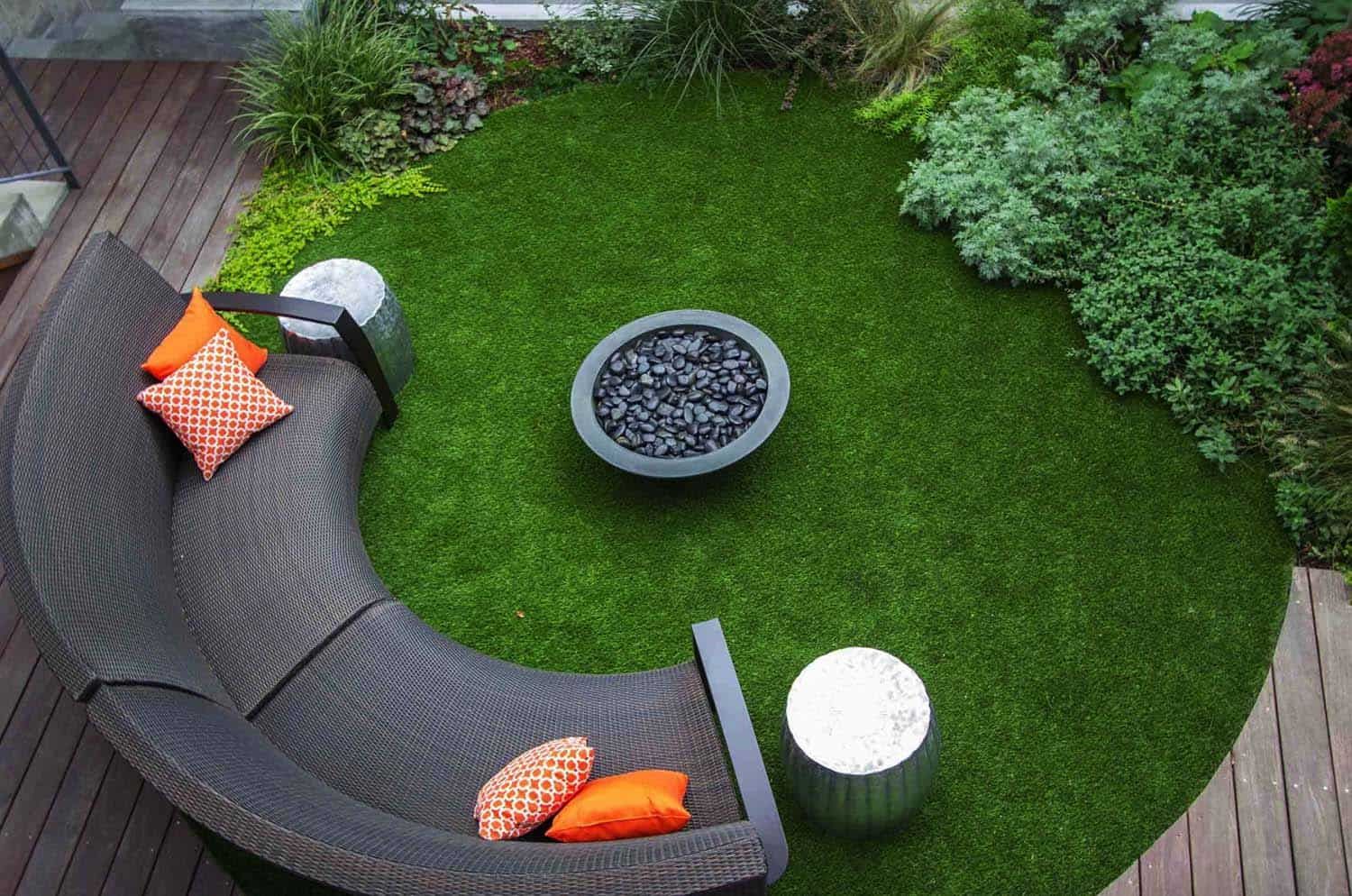
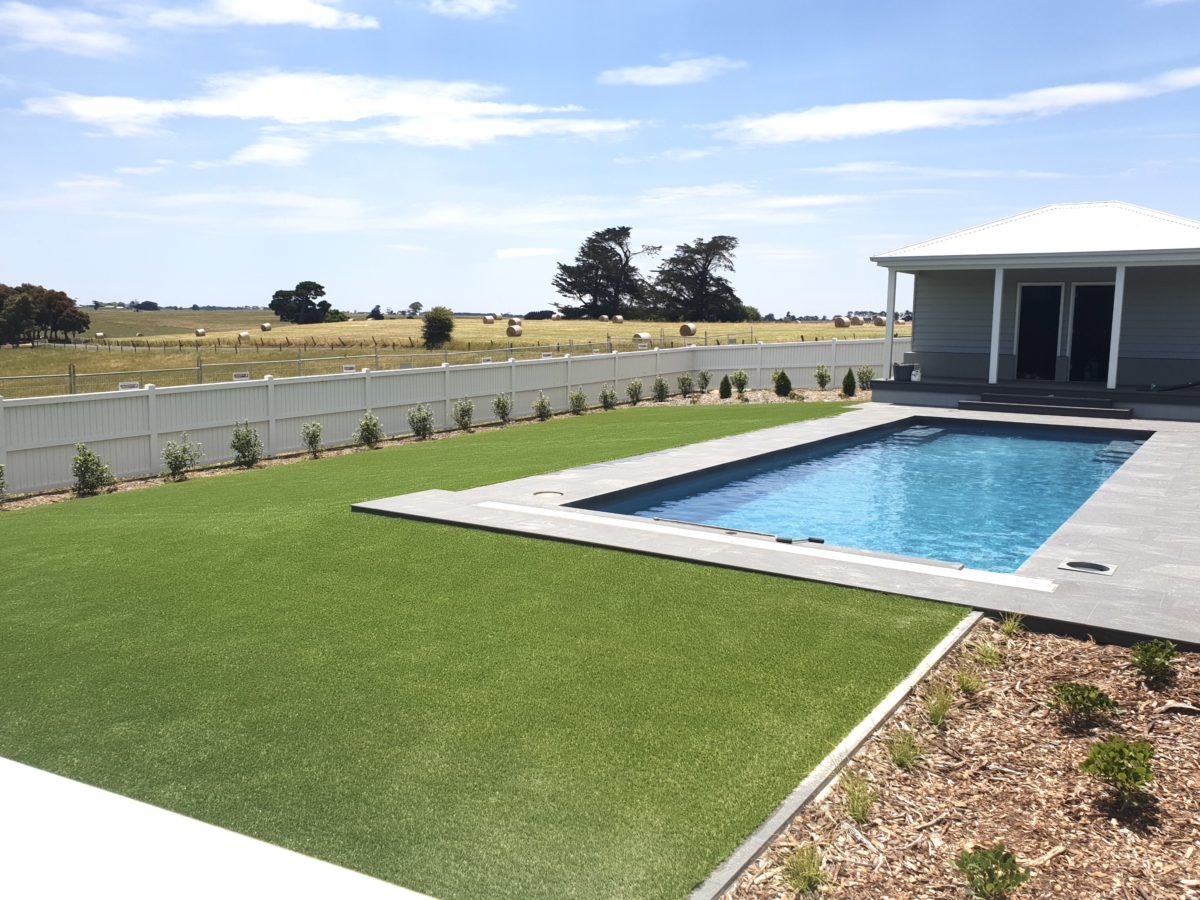
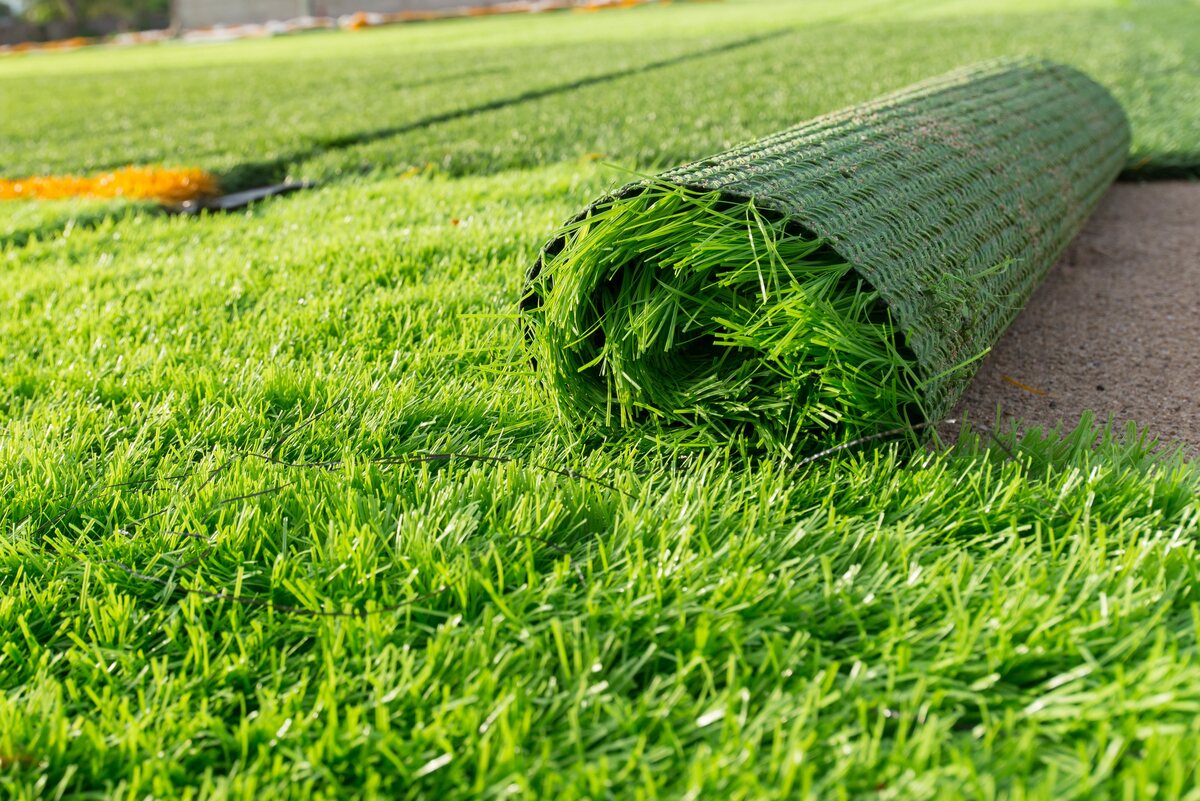
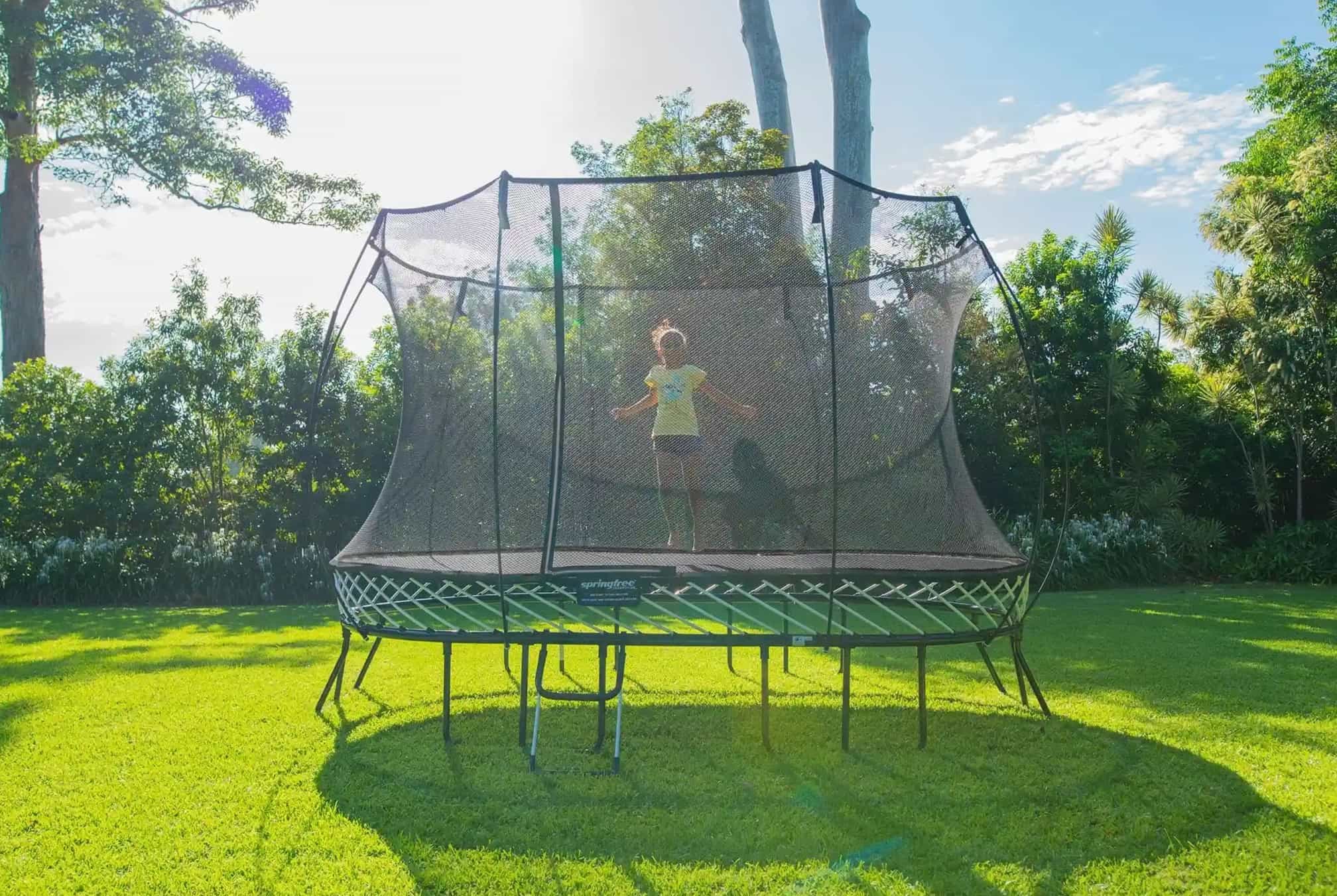
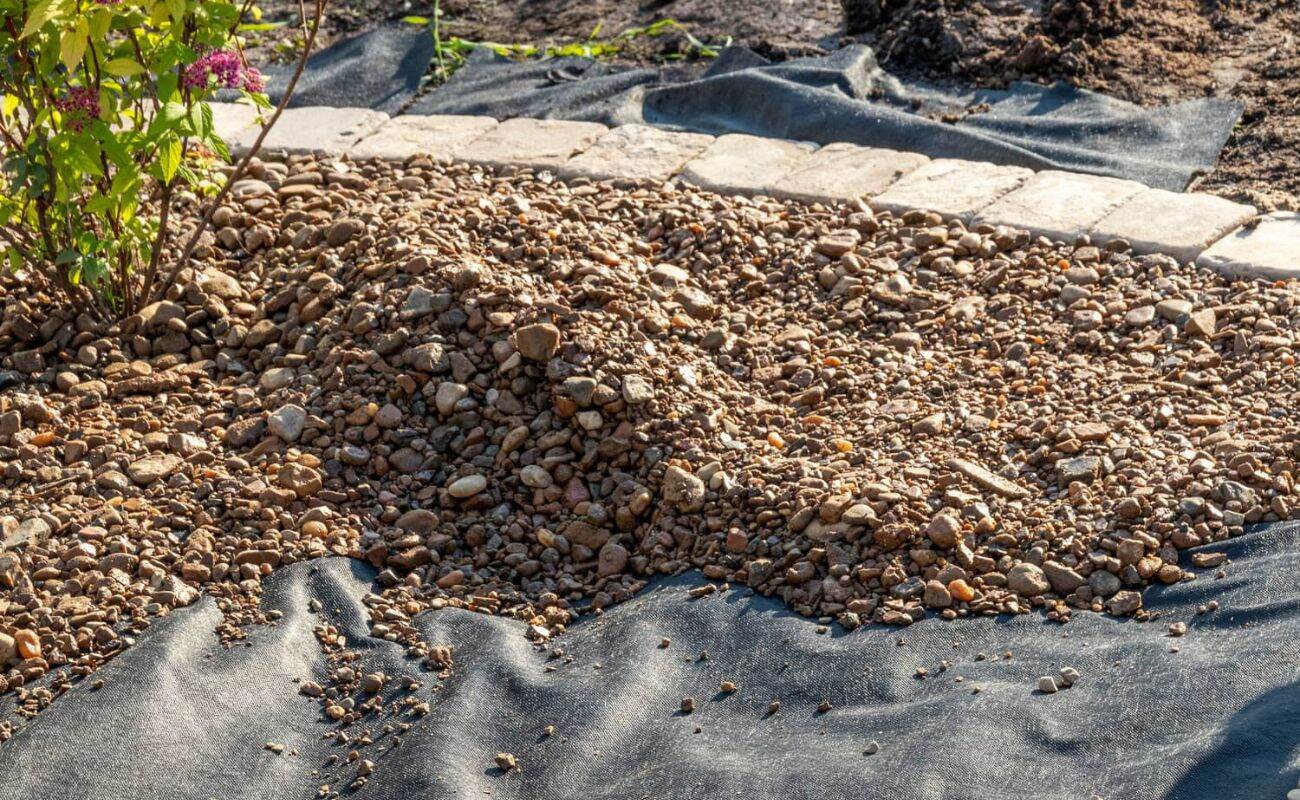
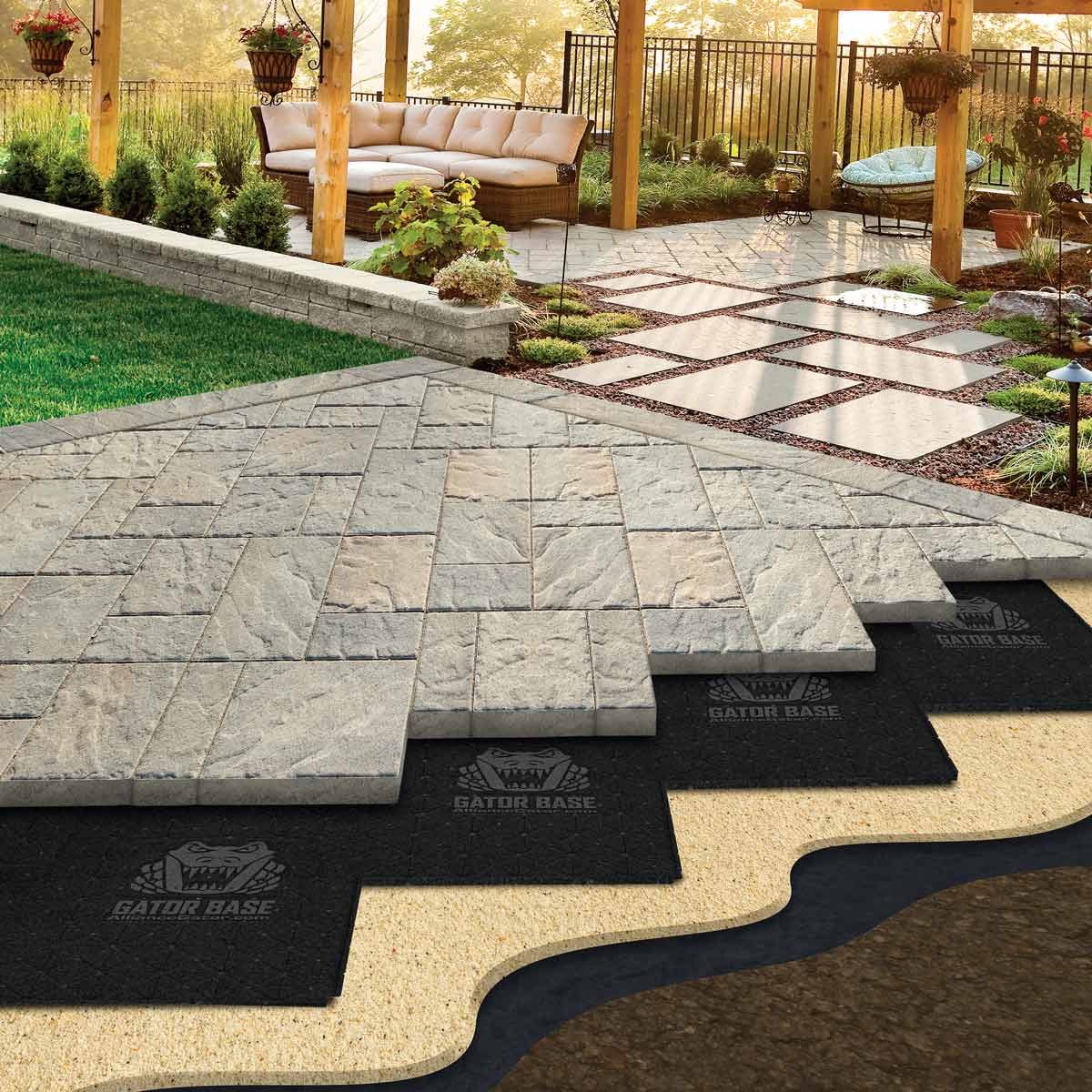
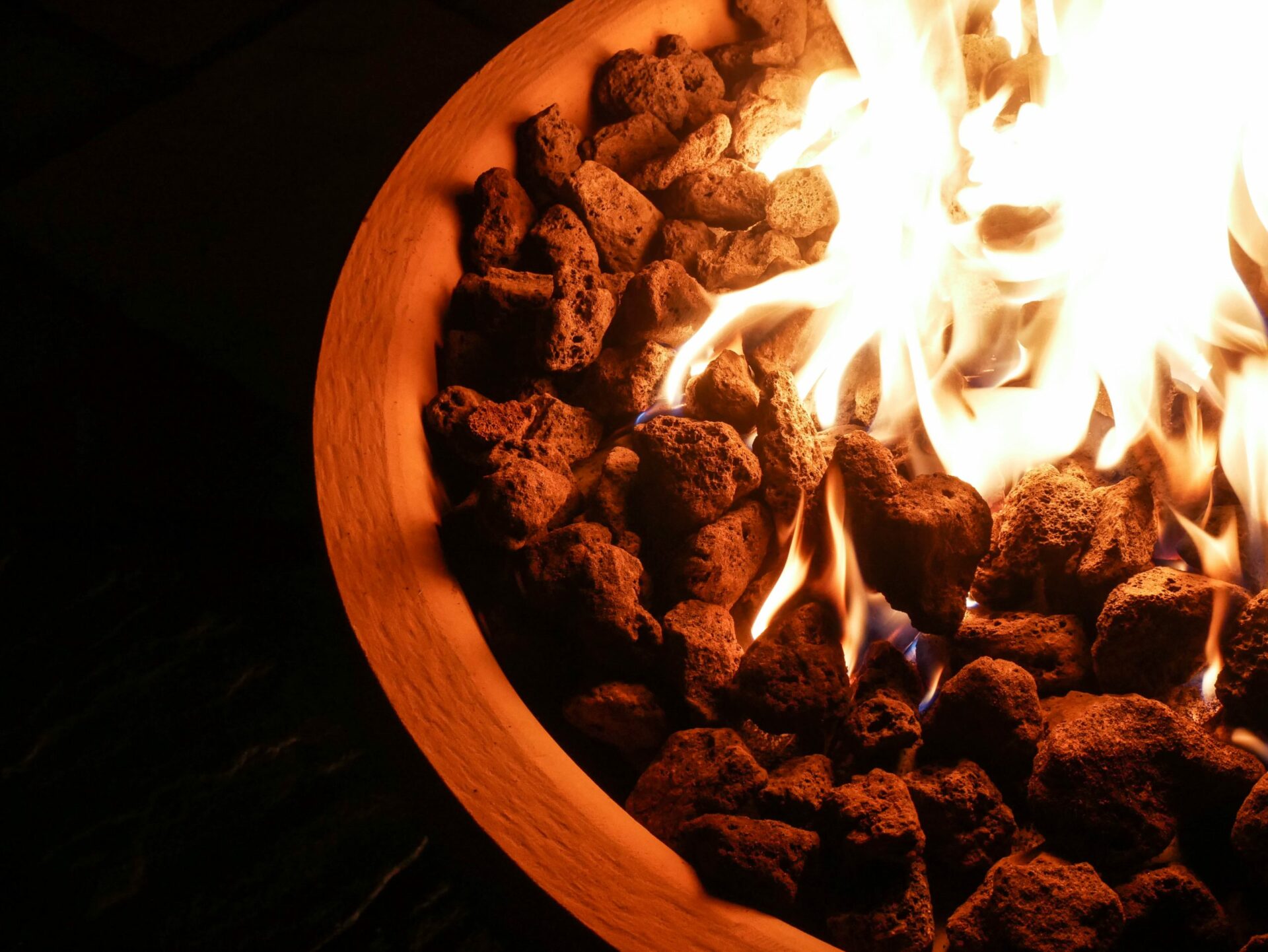
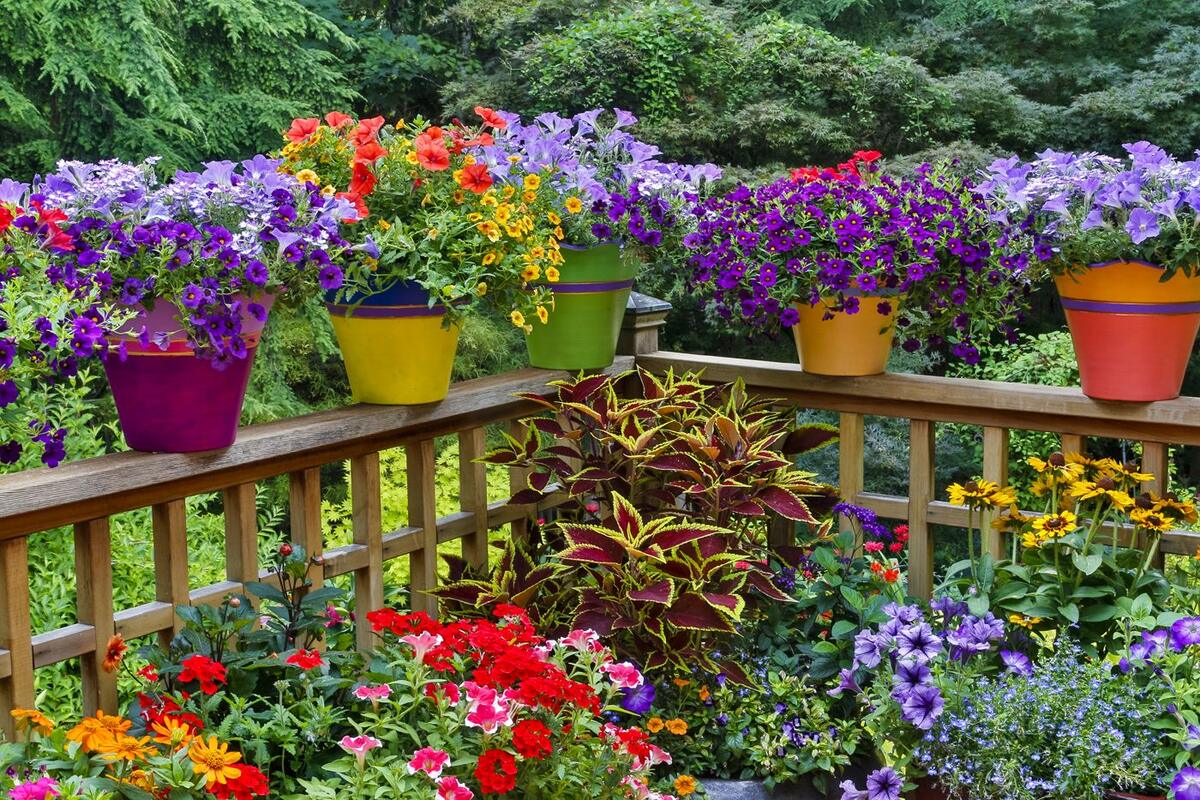
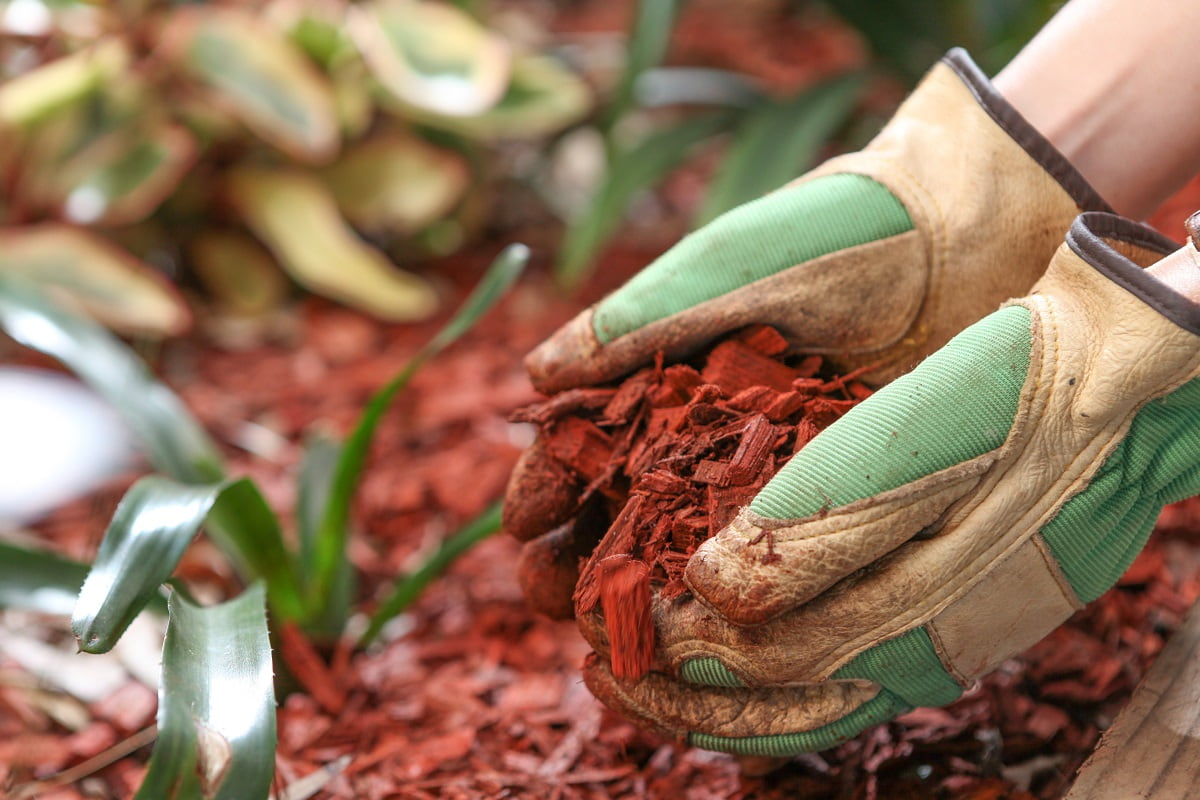
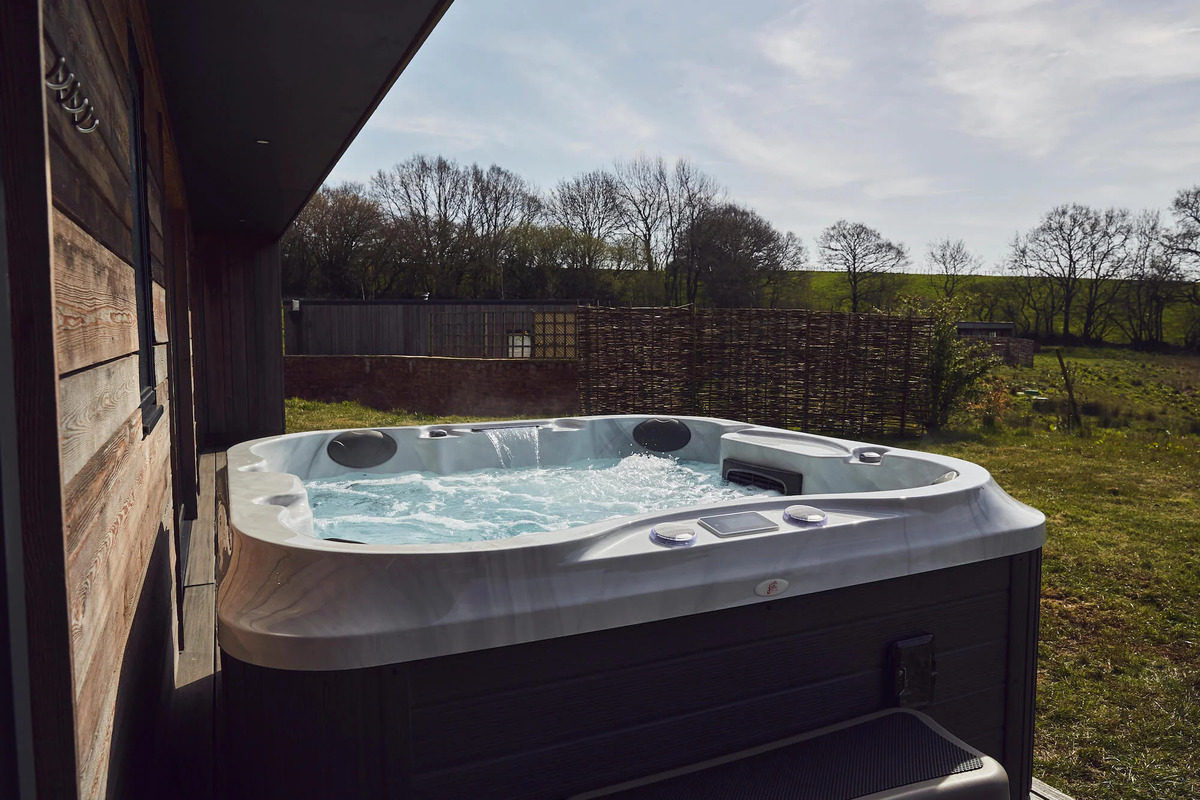
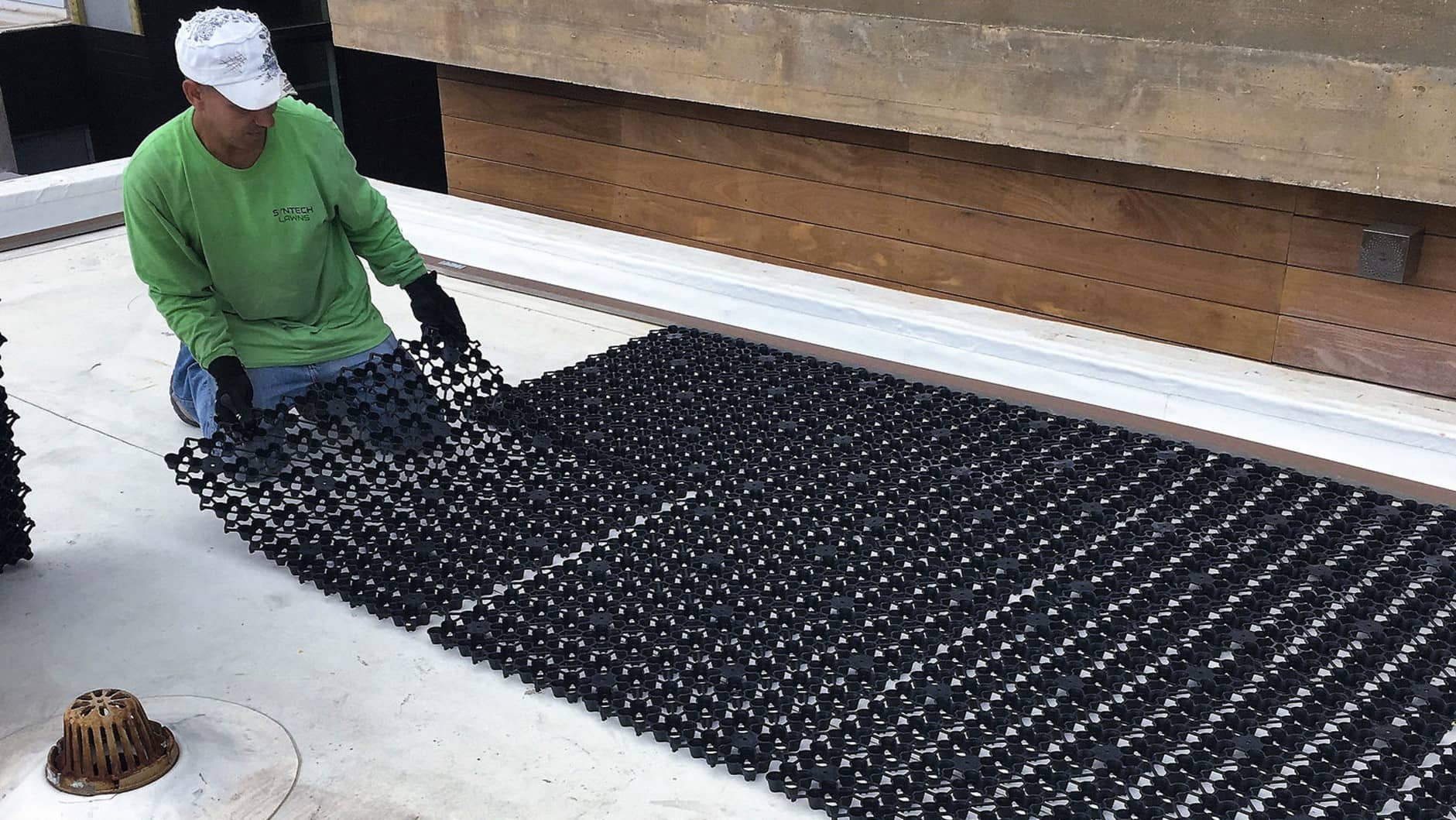
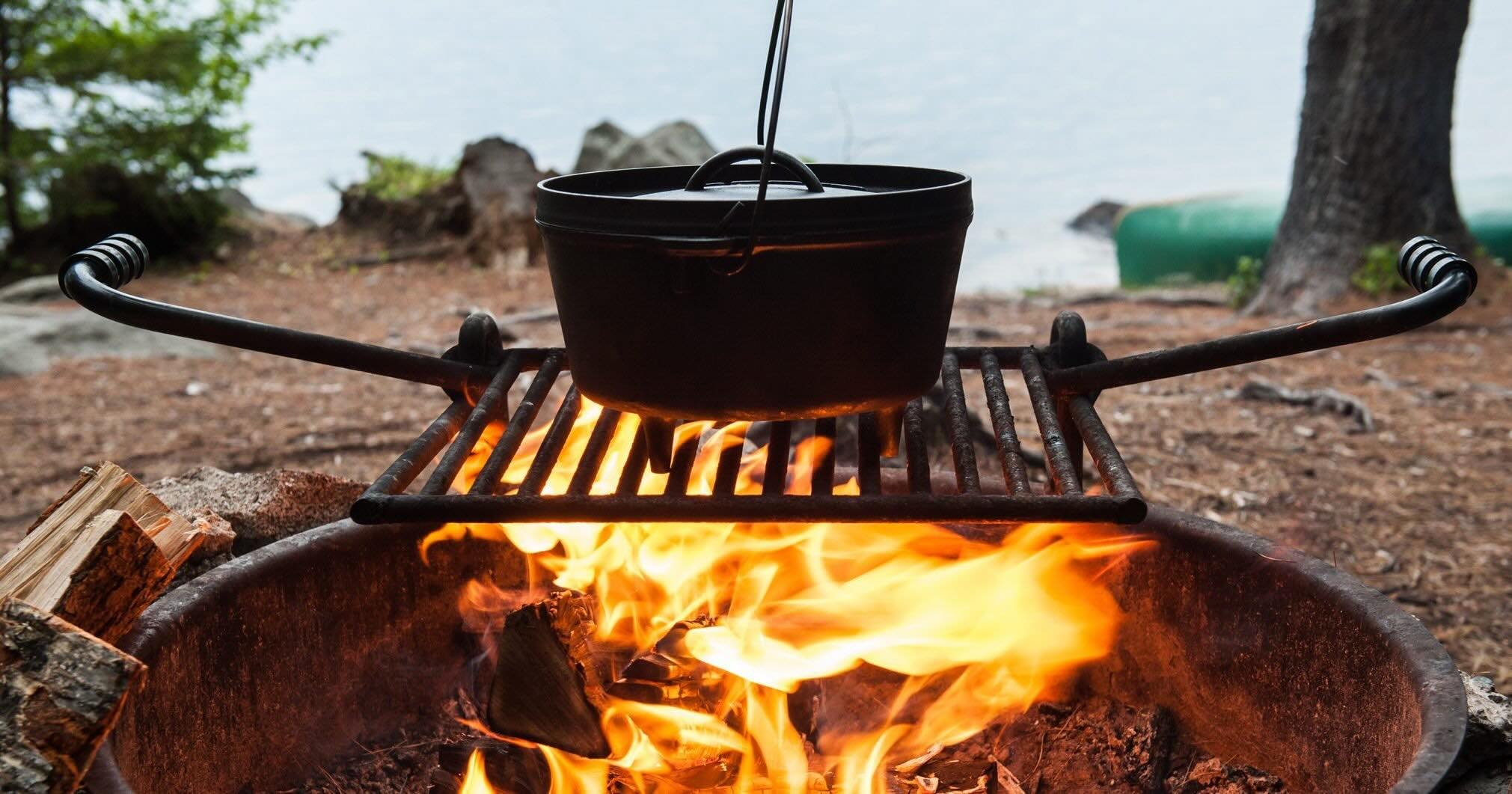
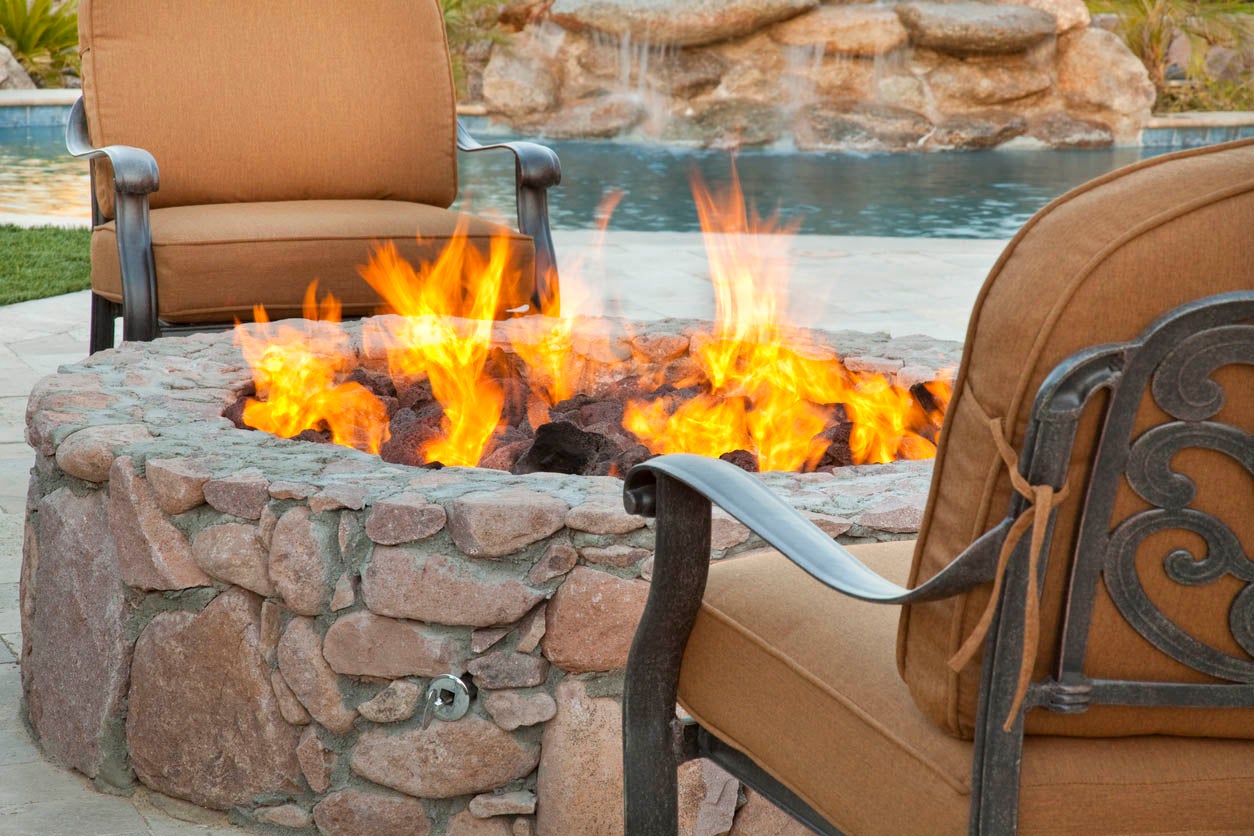

0 thoughts on “What To Put Under A Fire Pit On Grass”